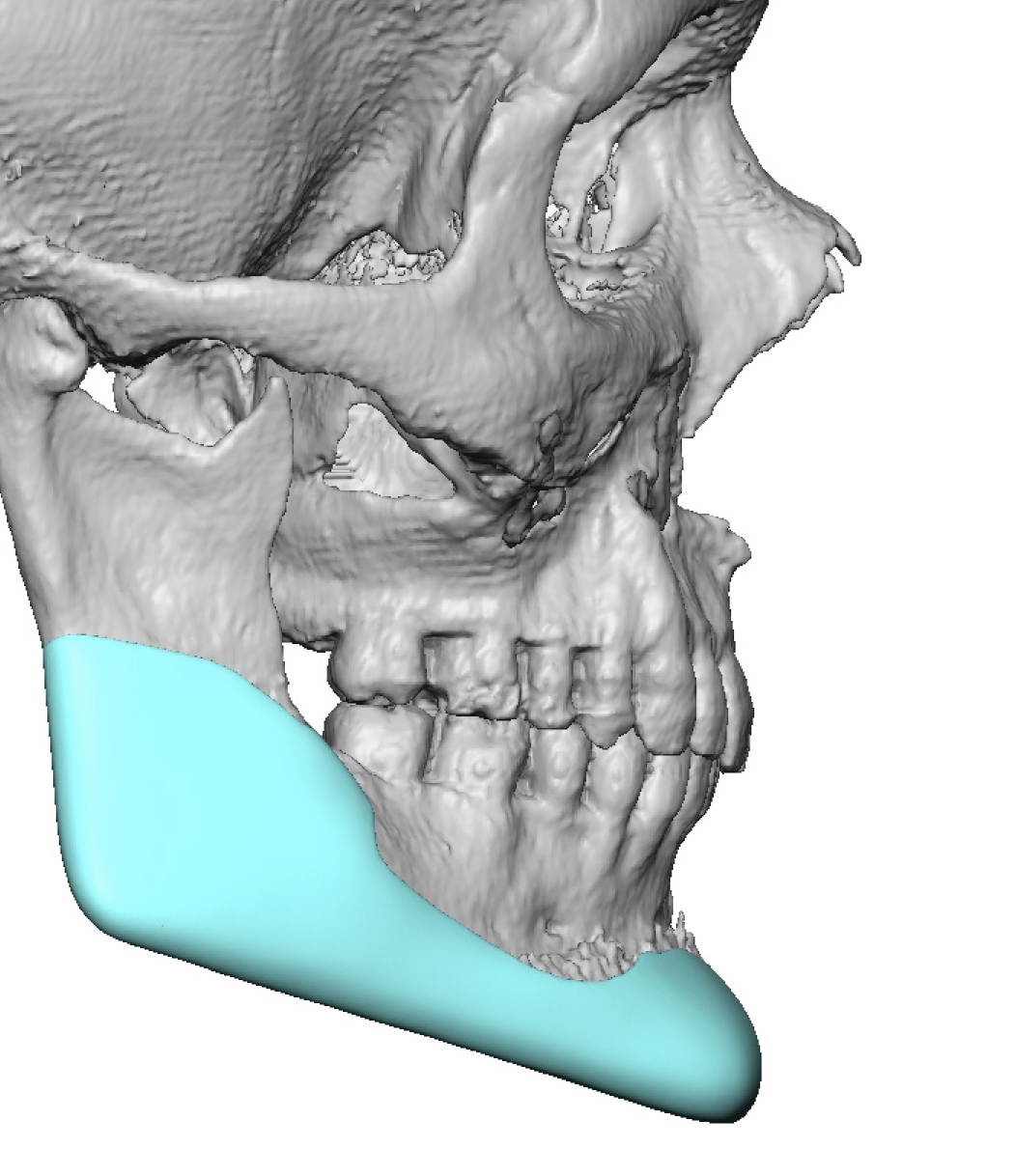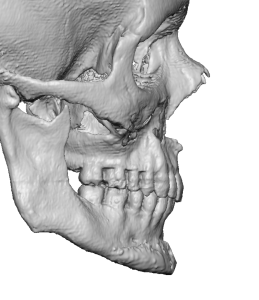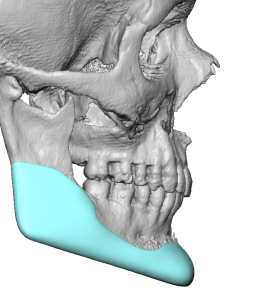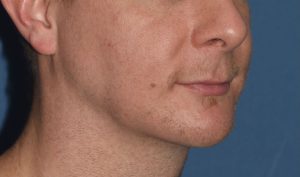Background: Jaw augmentation in various forms is a commonly requested procedure amongst men and women. Injectable fillers provide a temporary trial for jaw augmentation but besides the lack of permanency it can take a lot of injection volume to achieve a complete jaw augmentation effect. Standard implants (chin and jaw angles) do well for spot augmentation but usually work poorly for a more complete jaw augmentation result.
The benefits of custom jawline implants are multiple. The most obvious is that it is a wrap around implant so it has the potential to change the entire lower facial shape in a three dimensional fashion from one jaw angle to the other. The one dimension that it can uniquely change is vertical elongation. Vertical chin and jaw deficiencies are the most under diagnosed for both the chin and the jaw angles even when using standard implants. But when it comes to the entire jawline it becomes even more so. This is understandable as lack of awareness of an available treatment strategy makes the diagnosis for which it is used even more unlikely.
In vertical jaw deficiencies there are several surgeries by which they can be treated. For the chin there is an opening wedge bony genioplasty and standard vertical lengthening chin implants. For the jaw angles there are standard vertical lengthening implants. For anterior 2/3s of the jawline there is the chin wing osteotomy. And for the whole jawline there is bimax or double jaw surgery that can drop the whole jawline down.
While each of these ‘non-custom’ jawline augmentation approaches have their indications, what none of them can do is create a true 3D jaw augmentation change…creating desired changes in jaw length, width and projection. While not every jaw augmentation patient needs these 3D changes some do.
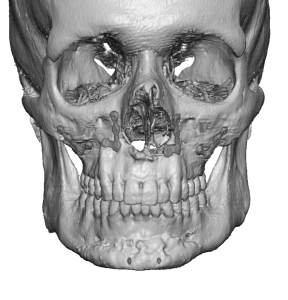
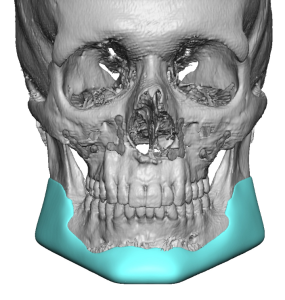
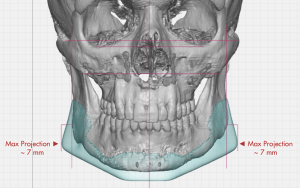
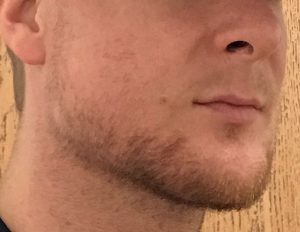
For whatever reasons vertical jaw deficiencies, whether of the chin, jaw angles or the entire jawline, are frequently overlooked. Sometimes it is obvious by the simple visual facial thirds assessment. Other times the patient themselves may point it out. But what is always needed is preoperative imaging to visualize whether a vertical chin/jaw lengthening effect is beneficial. This should be done in both the front, oblique and side views as such effects can look very different in the various facial viewing angles. Equally relevant in such imaging is that also allows one to determine how much vertical lengthening effect the patient may desire. Such dimensional information is critical in any custom jawline implant designing.
Case Highlights:
1) Some jaw deficiencies are 3D as opposed to 2D which is why conventional methods of jaw augmentation may be an aesthetic failure.
2) When the jawline is vertically short the only method of COMPLETE jaw line augmentation is with a custom implant method.
3) Placing a custom jawline implant that adds vertical length requires a complete release along the inferior border of the jawline.
Dr. Barry Eppley
Indianapolis, Indiana

